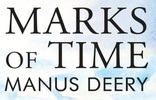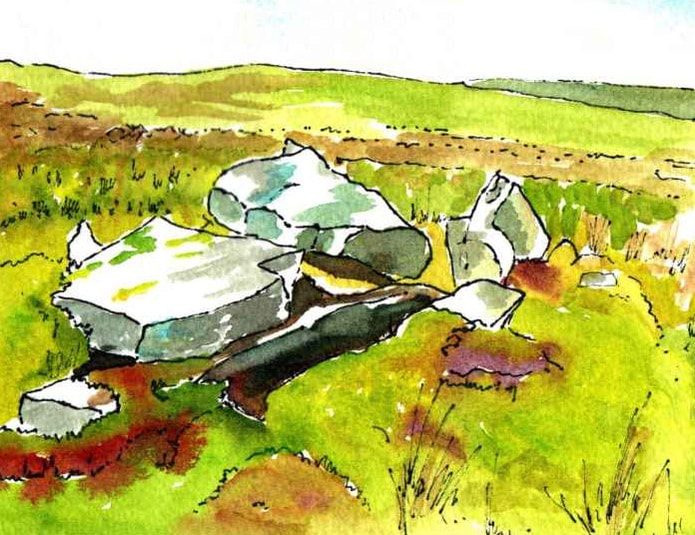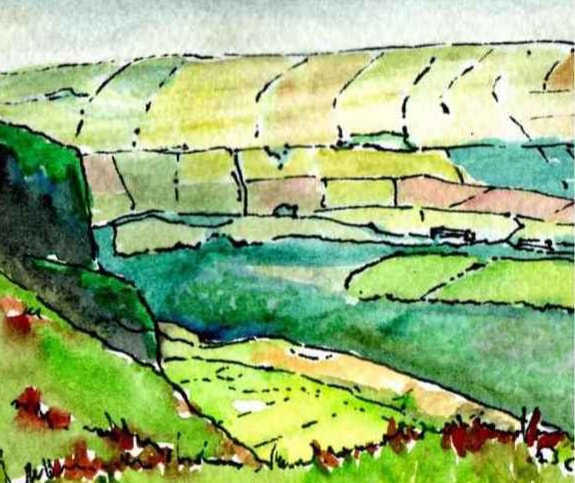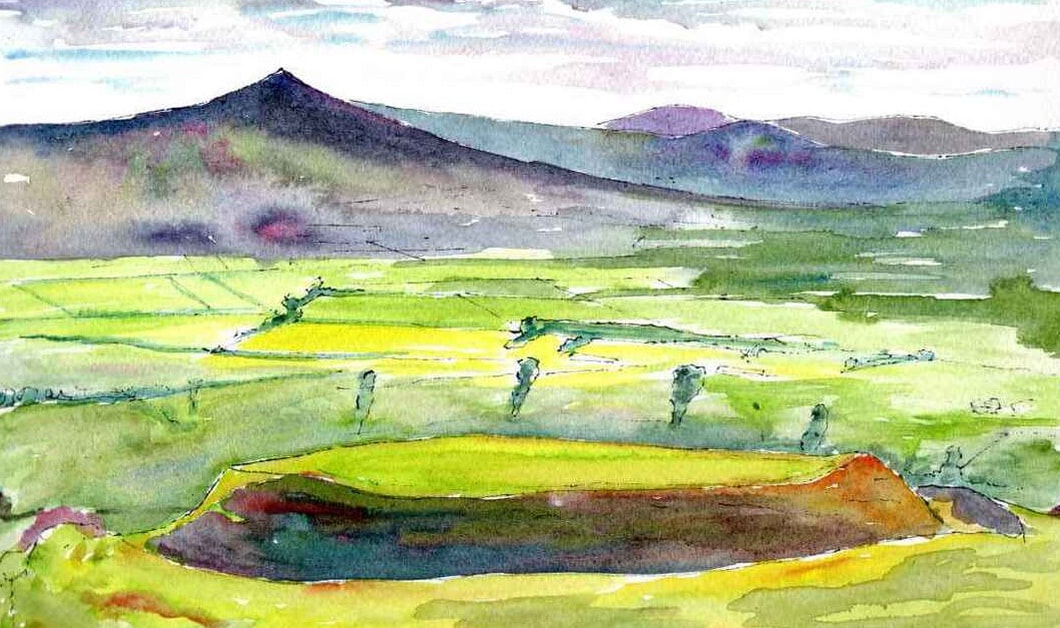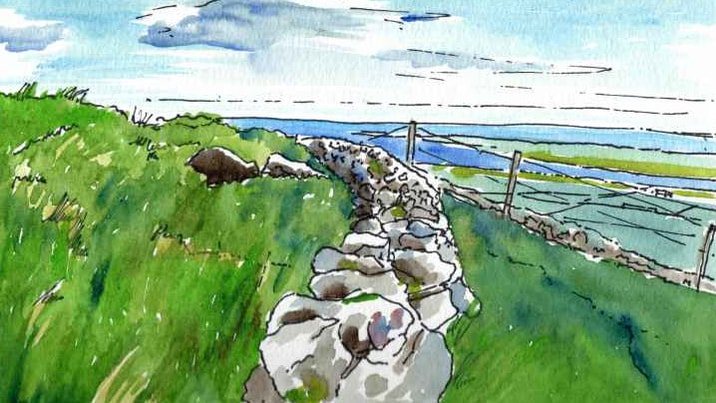The Early Region
|
Carnabane Court Tomb and Largentea Wedge Tomb are two of a number of similar features that can be found on high ground around the rim of the Roe Valley. Today they look almost the same, but the first is thought to date from the Neolithic Age 5,000 years ago while the second is 1,000 years younger and dates from the Bronze Age. Both are reminders that people have occupied this place for a very long time.
There are a number of impressive Iron Age Forts in the area. Dun Crutheni is located below the summit of Binevenagh and looks out to Scotland. The Cruthin are recorded as masters of this area in the fifth century but they lost out to the Ui Neill in 563. The King's Fort, Dun Concubaire, above Drumsurn also dates from the Iron Age and provides fantastic views over the Roe Valley. It associated with the Ciannacta People who were part of the Ui Neill. At the eastern border of the valley, guarding a pass to Coleraine now called the Windyhill Road, is the Giant's Sconce. There is little left to see of this fort, which would once have been a stone cashel like Grianan in Co Donegal, but the views are impressive and to the rear is a sheer cliff providing impressive defence. In 628 there was a battle here between the Ui Neill and the Uliad (the group who gave the name Ulster to the province). Apparently, this battle was predicted by St. Columba. I |
|
Largentea Wedge Tomb
Dun Crutheni, Binevenagh.
King's Fort, Drumsurn.
The Giant's Sconce.
|
< Back Early Christian Limavady>
